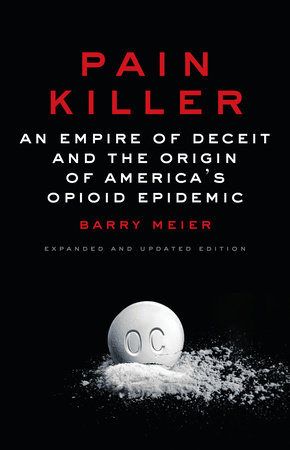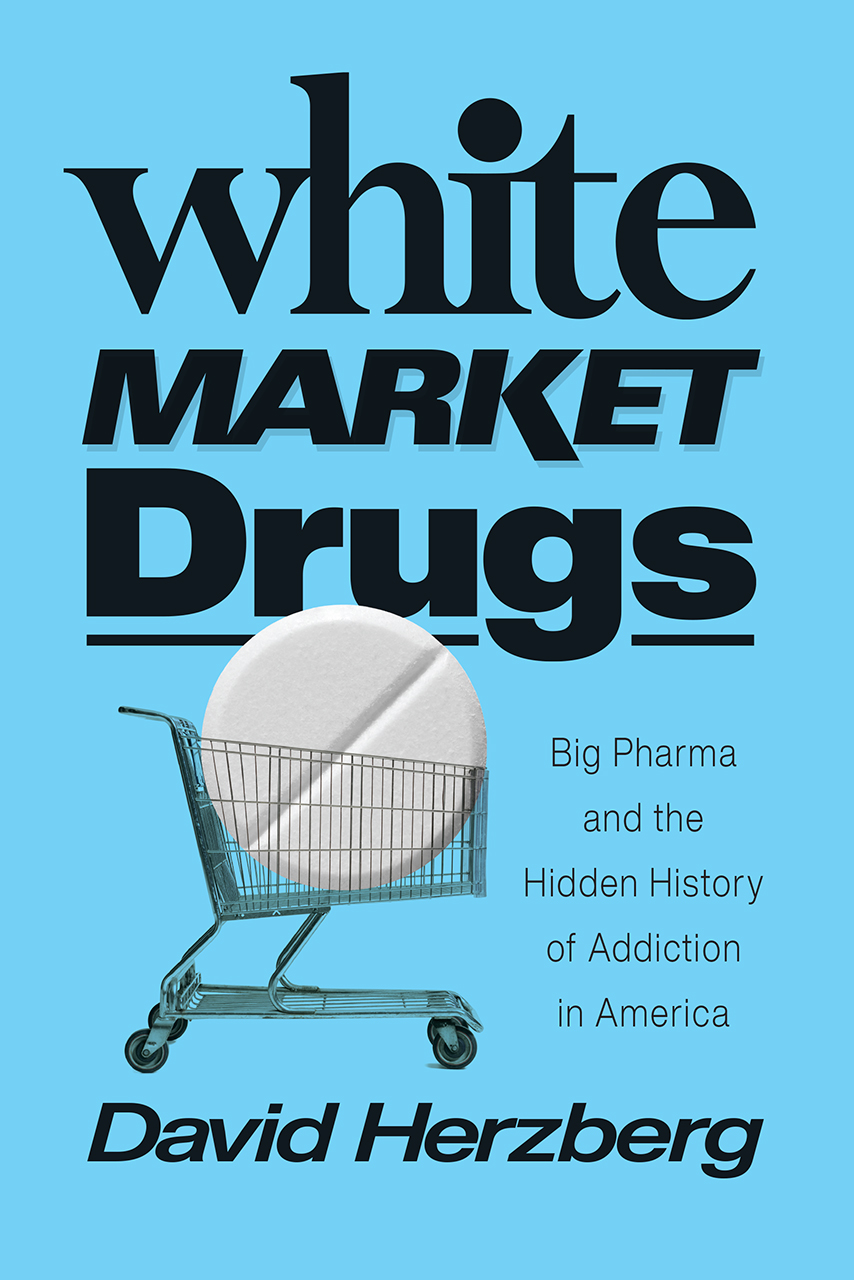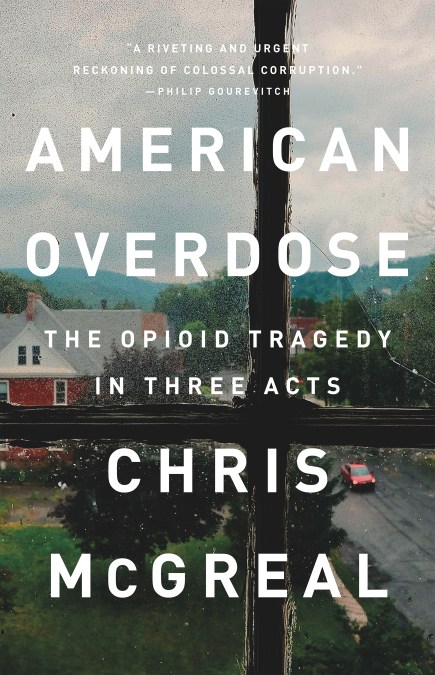Empire of Pain. THE SECRET HISTORY OF THE SACKLER DYNASTY
The winner takes it all. And the winner is: the Sackler family. They are not alone, they needed accomplices. CDC says:
In 2019, an average of 38 people died each day from overdoses involving prescription opioids, totaling more than 14,000 deaths.1 While prescription opioids were involved in over 28% of all opioid overdose deaths in 2019, there was a nearly 7% decrease in prescription opioid-involved death rates from 2018 to 2019.
From 1999–2019, nearly 500,000 people died from an overdose involving any opioid, including prescription and illicit opioids.
This rise in opioid overdose deaths can be outlined in three distinct waves.
The first wave began with increased prescribing of opioids in the 1990s, with overdose deaths involving prescription opioids (natural and semi-synthetic opioids and methadone) increasing since at least 19993.
The second wave began in 2010, with rapid increases in overdose deaths involving heroin4.
The third wave began in 2013, with significant increases in overdose deaths involving synthetic opioids, particularly those involving illicitly manufactured fentanyl5,6,7. The market for illicitly manufactured fentanyl continues to change, and it can be found in combination with heroin, counterfeit pills, and cocaine.
And regarding synthetic opioids, you'll find many details inside this book: "The empire of pain" that explains the largest man-made epidemic nowadays.
My intention was to tell a different kind of story, however, a saga about three generations of a family dynasty and the ways in which it changed the world, a story about ambition, philanthropy, crime and impunity, the corruption of institutions, power, and greed. As such, there are aspects of the public health crisis that this book gives scant attention to, from the science of addiction to the best strategies for treatment and abatement to the struggles of people living with an opioid use disorder. The issue of pain and appropriate pain management is enormously complex, and while this book is highly critical of the mass marketing of opioids for moderate pain, it does not explore at any length the harder question, which is currently a matter of heated debate, about the long-term therapeutic value of opioids for severe chronic pain.
Beyond that, somebody should remember that the regulator was and is on vacation...
Highly recommended.






.jpg)
